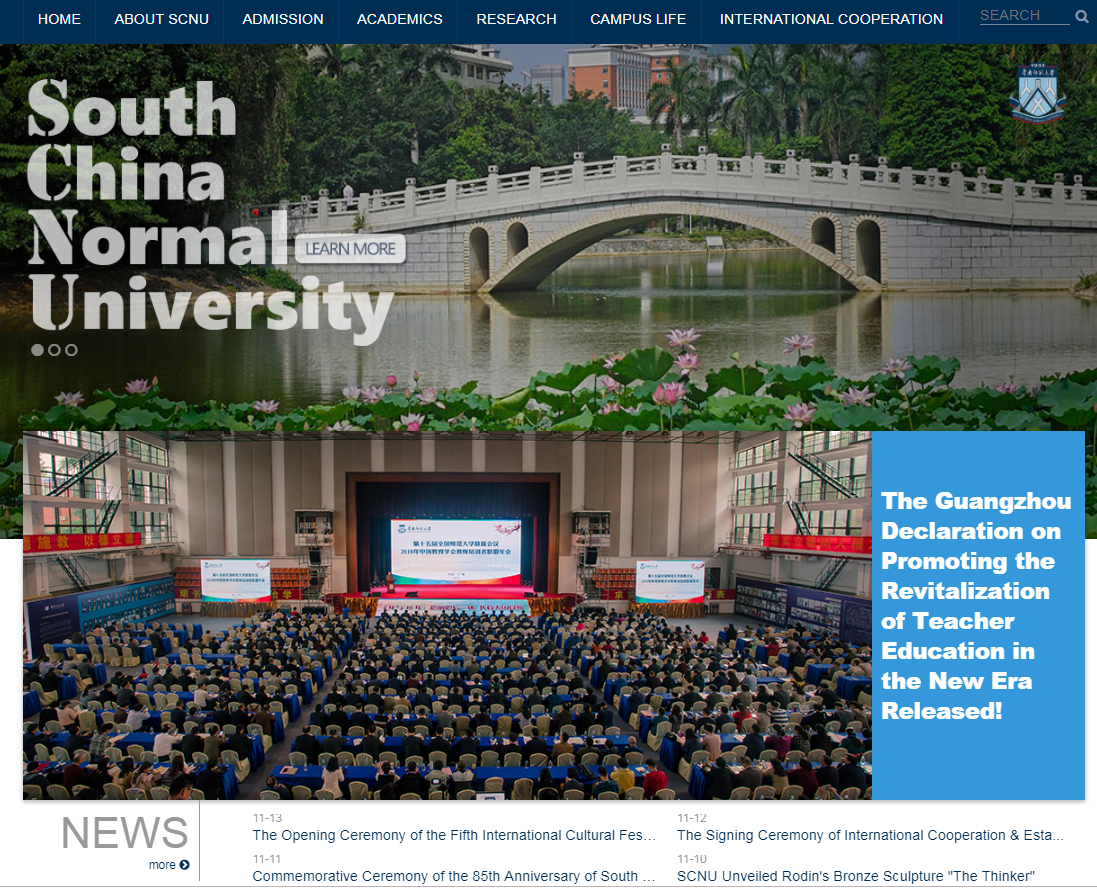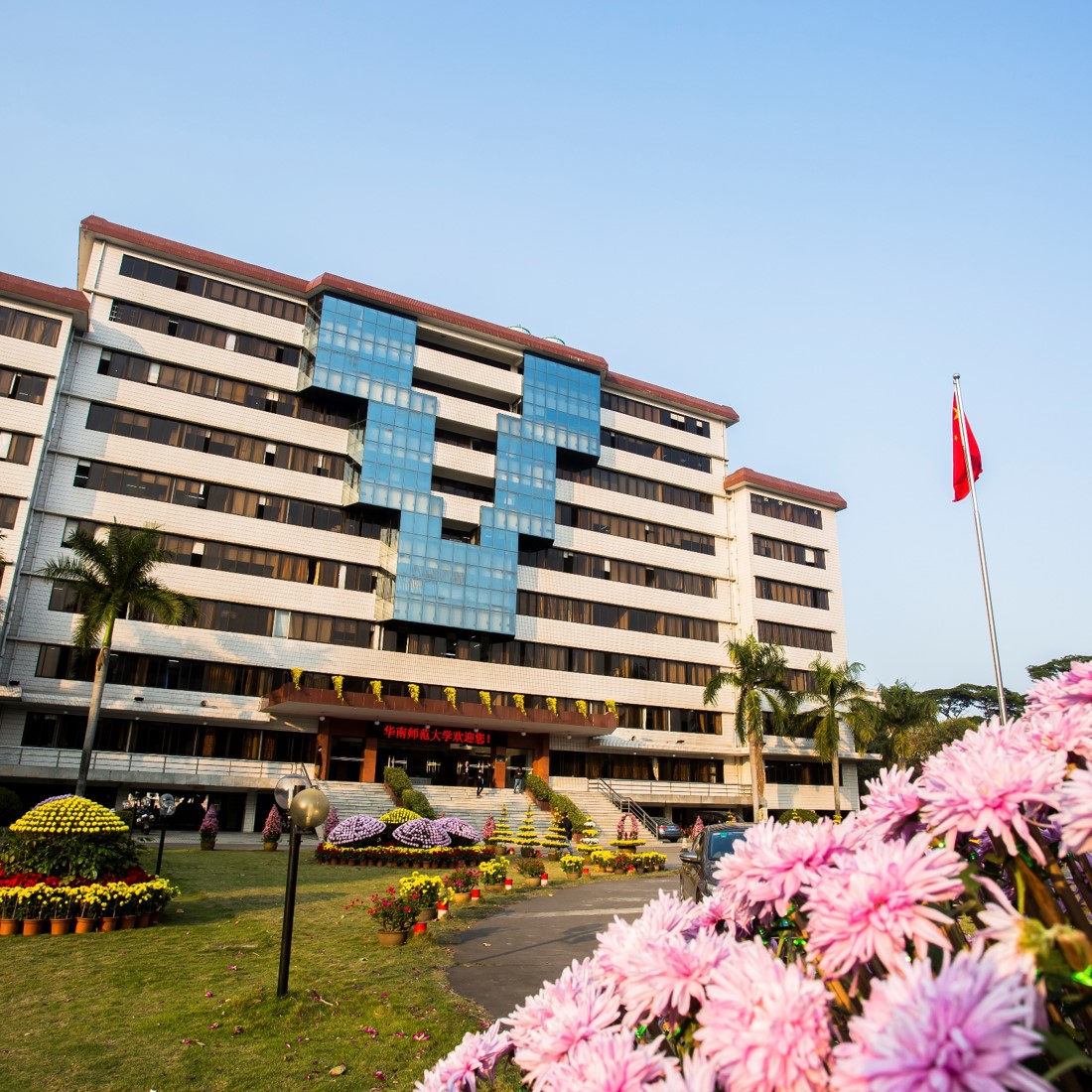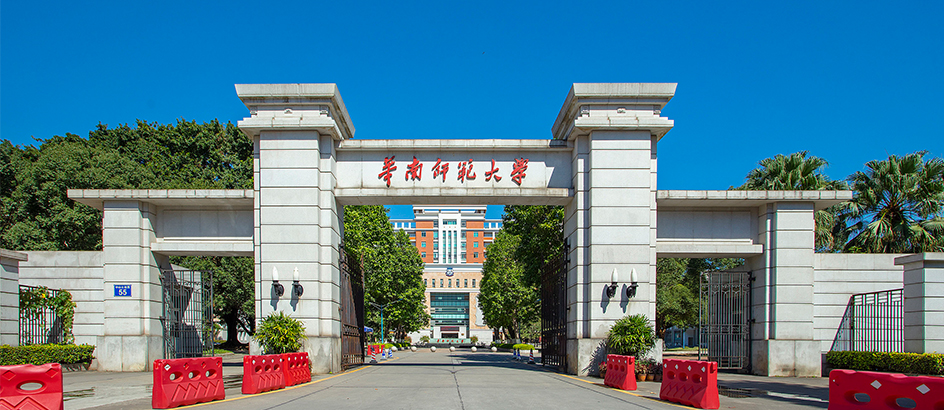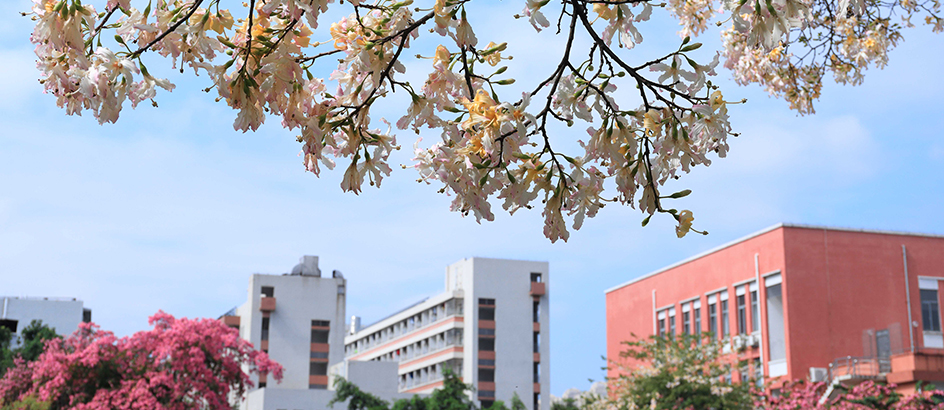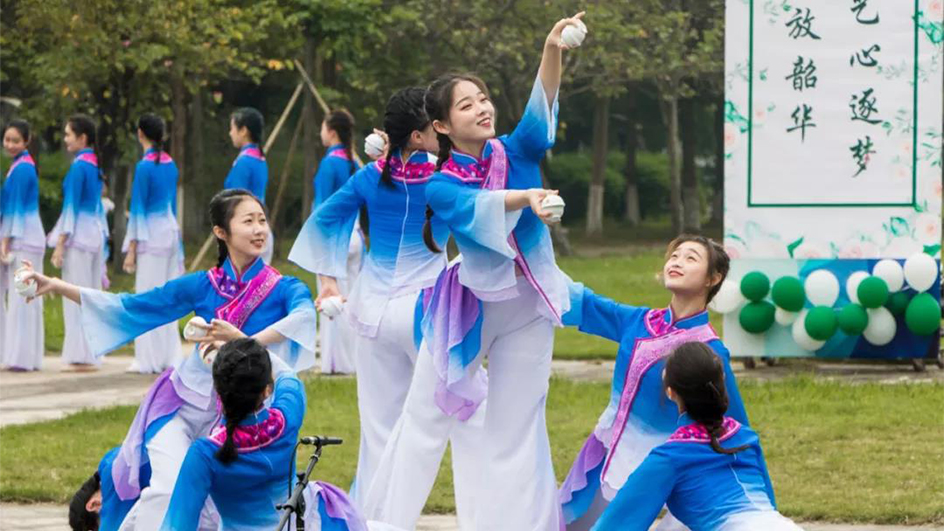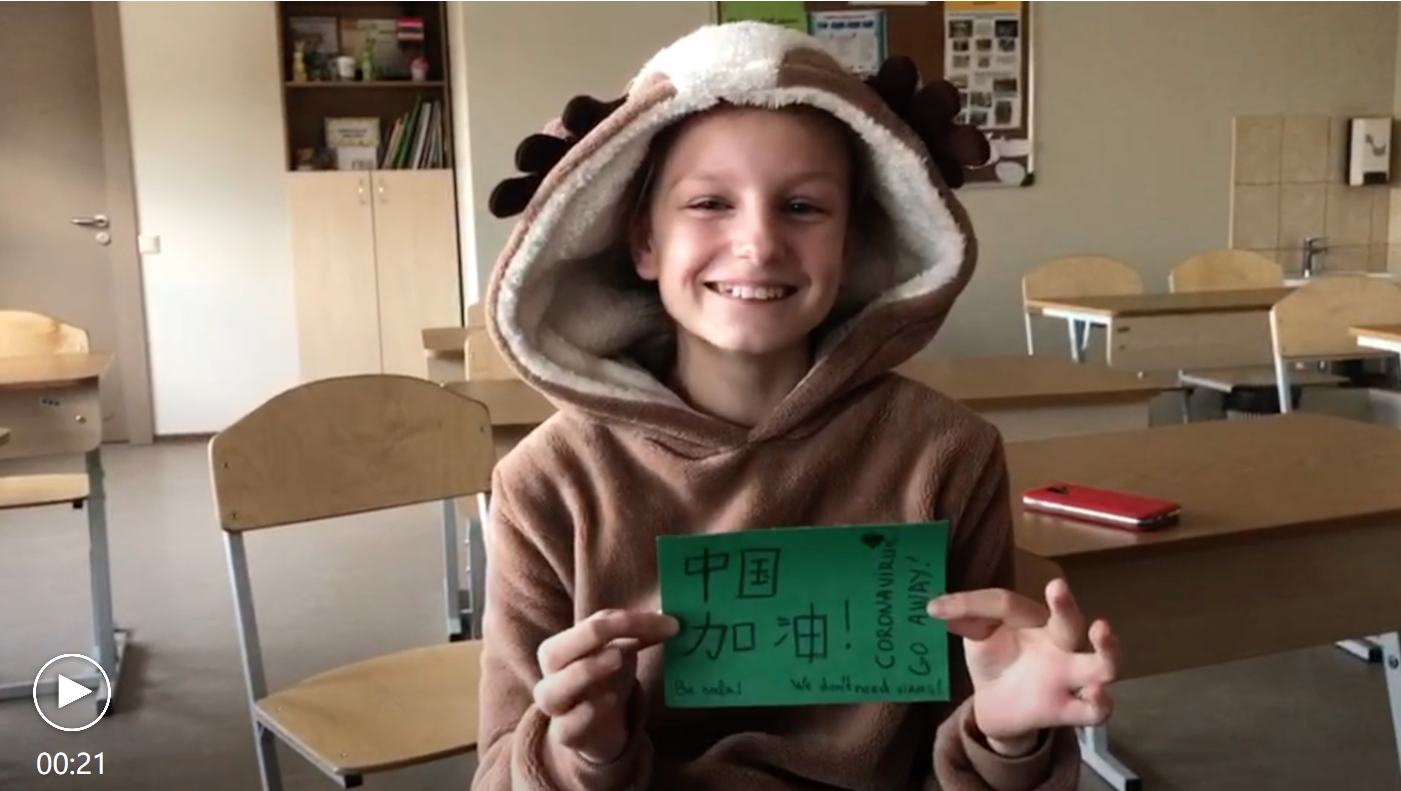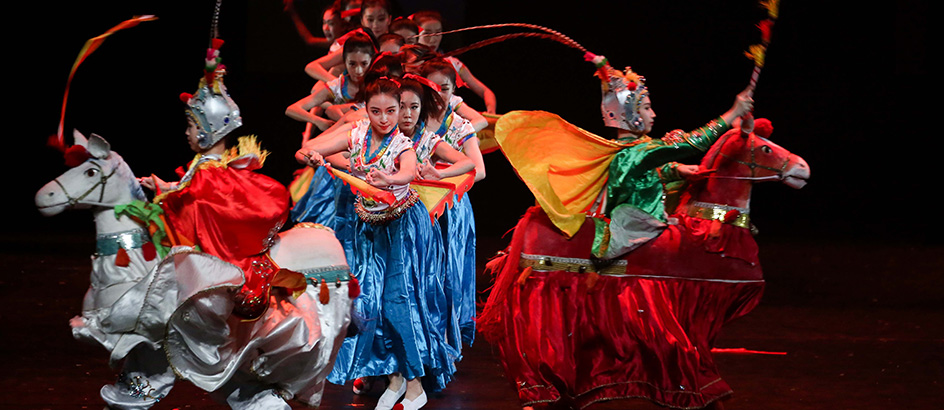
Likes
"Cantonese Dance in China—SCNU's fruits in research and innovation of intangible cultural heritage dance shows" was on at the Guangzhou Opera House on the evening of April 9. A feast of intangible cultural heritage (ICH) dance involving 25 Lingnan styles was presented by 200 teachers and students from the School of Music, of South China Normal University (SCNU). Extracts from ICH dance in Lingnan, the 16 shows,which were performed in “Feng,”“Ya” and “Song” (three genres of Chinese traditional poetry) chapters, embodied the ideas of the dance major at SCNU:“collected from the people, studied in the class, innovated on the stage and developed for community”.
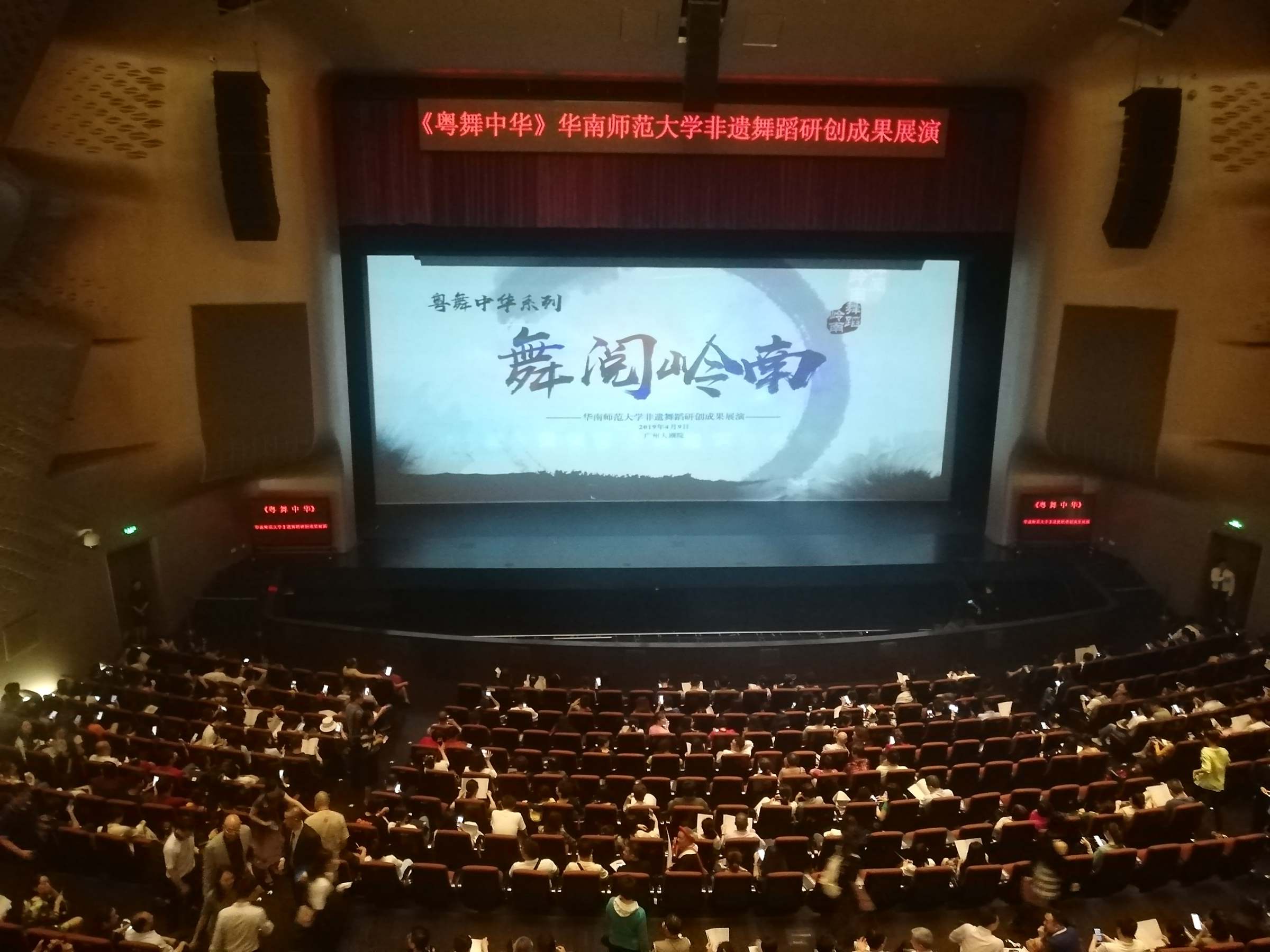
Some wonderful shows were so impressive that the audience were still immersed in the performance even after the end of the show. Let's take a review▼
Lions Dance in Lingnan
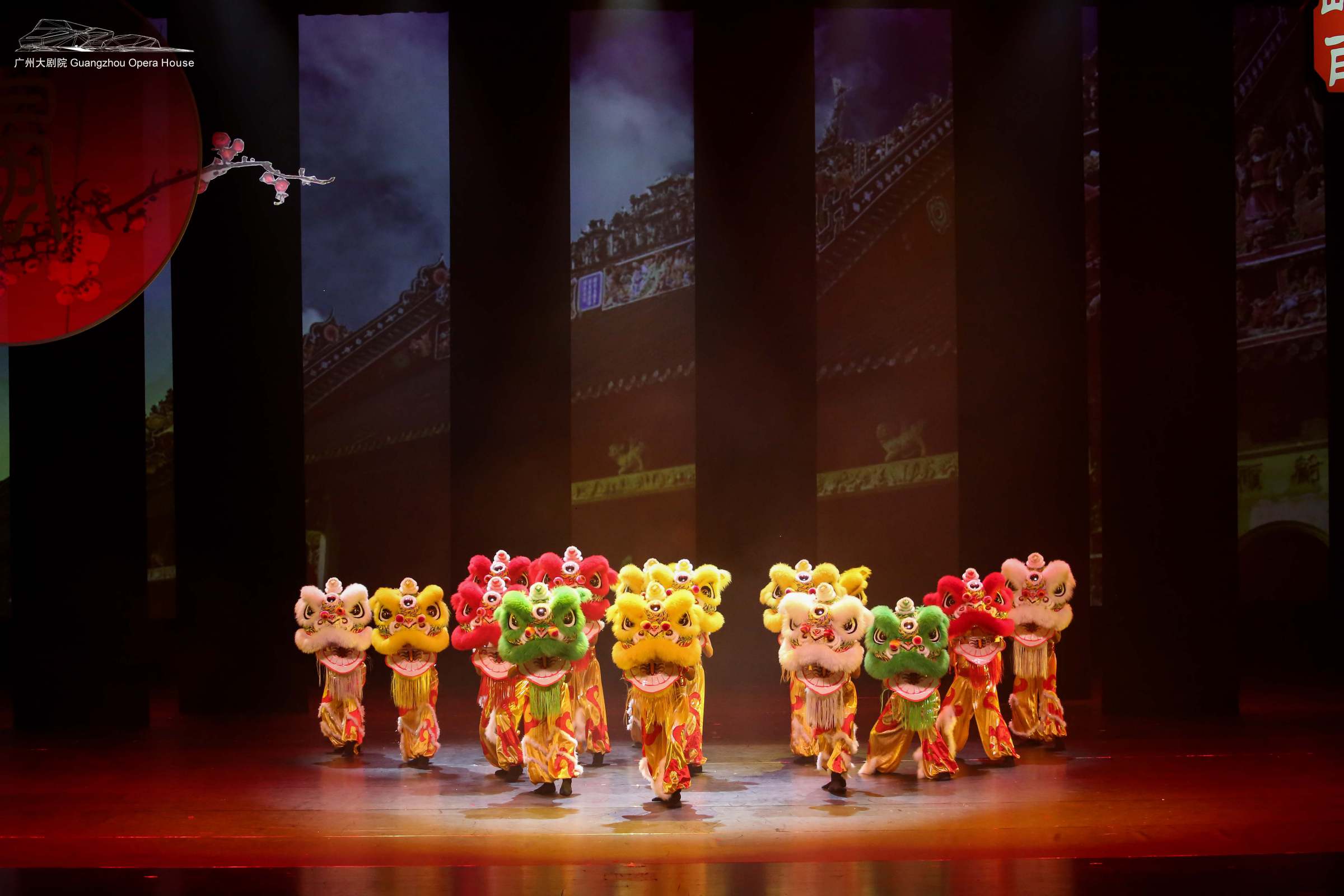
"Lions Dance in Lingnan" gave full expression to masculinity with the essence of Kungfu of the Southern Branch that includes agile steps and the combination of force and gentleness.
Fire Dog Dance
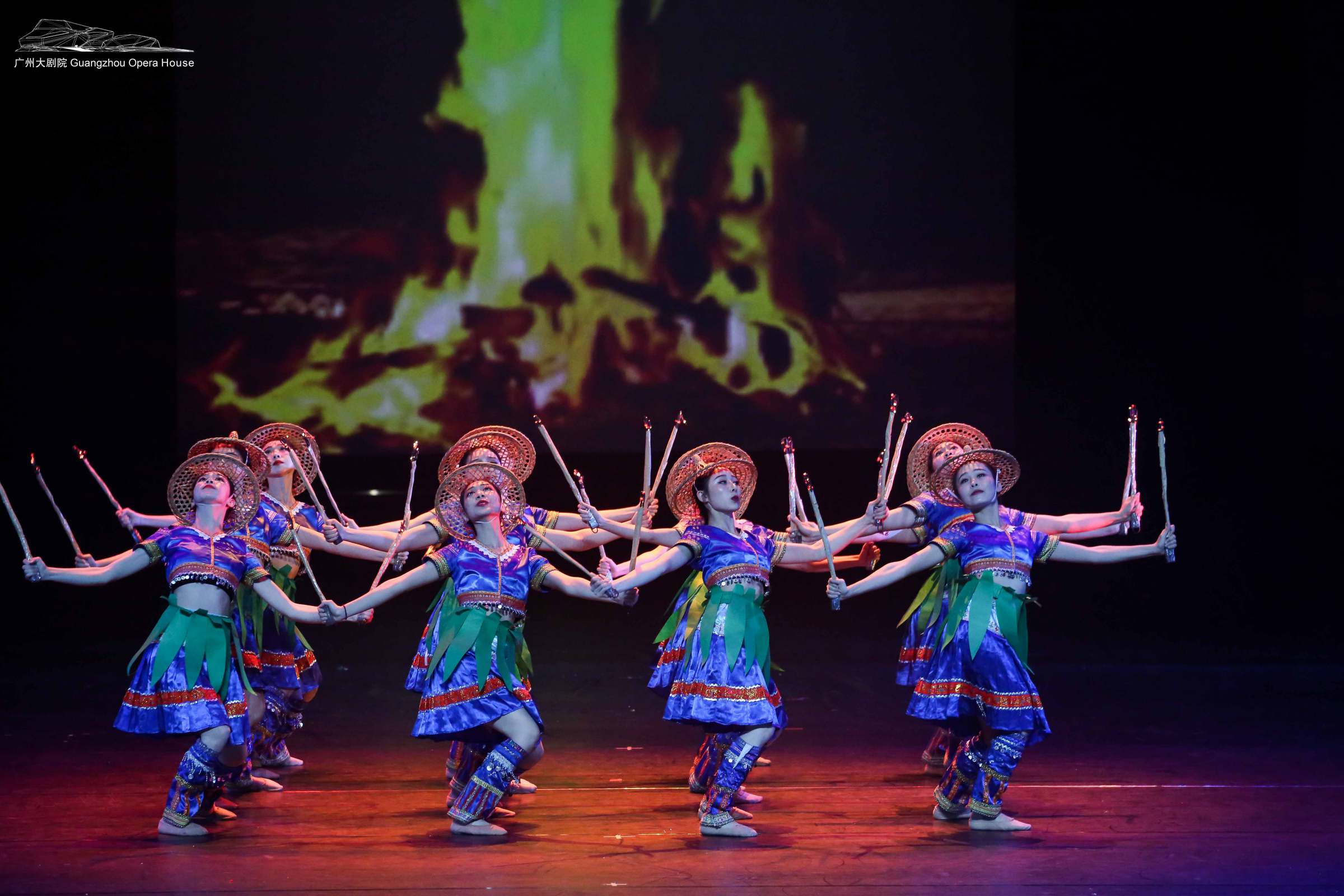
Girls in "Fire Dog Dance" worshipped ancestors and anticipated adult life through their movements.
Dancing with the Hitting Beats
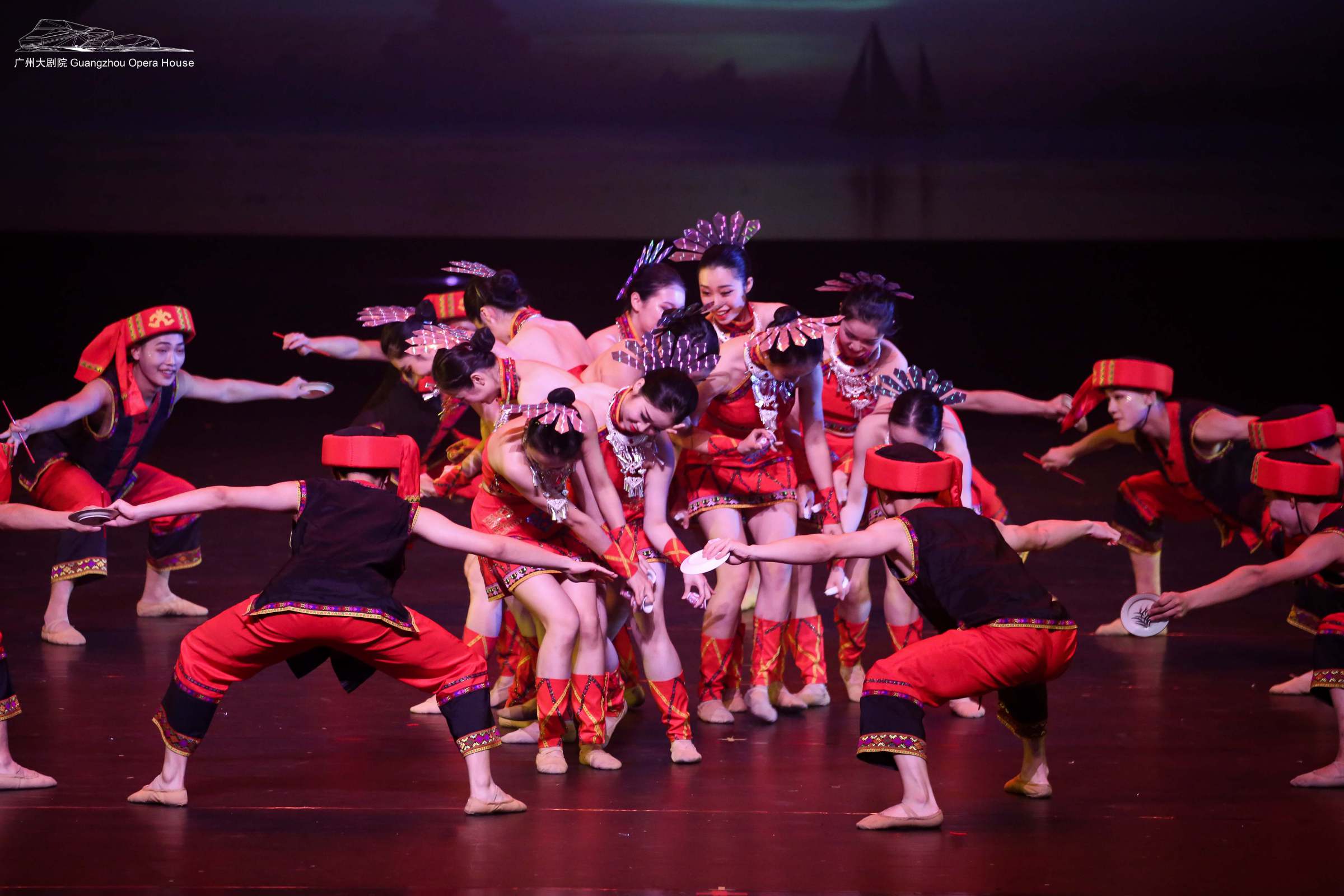
"Dancing with the Hitting Beats" celebrated the liberty of the Li minority.
Carp Dance
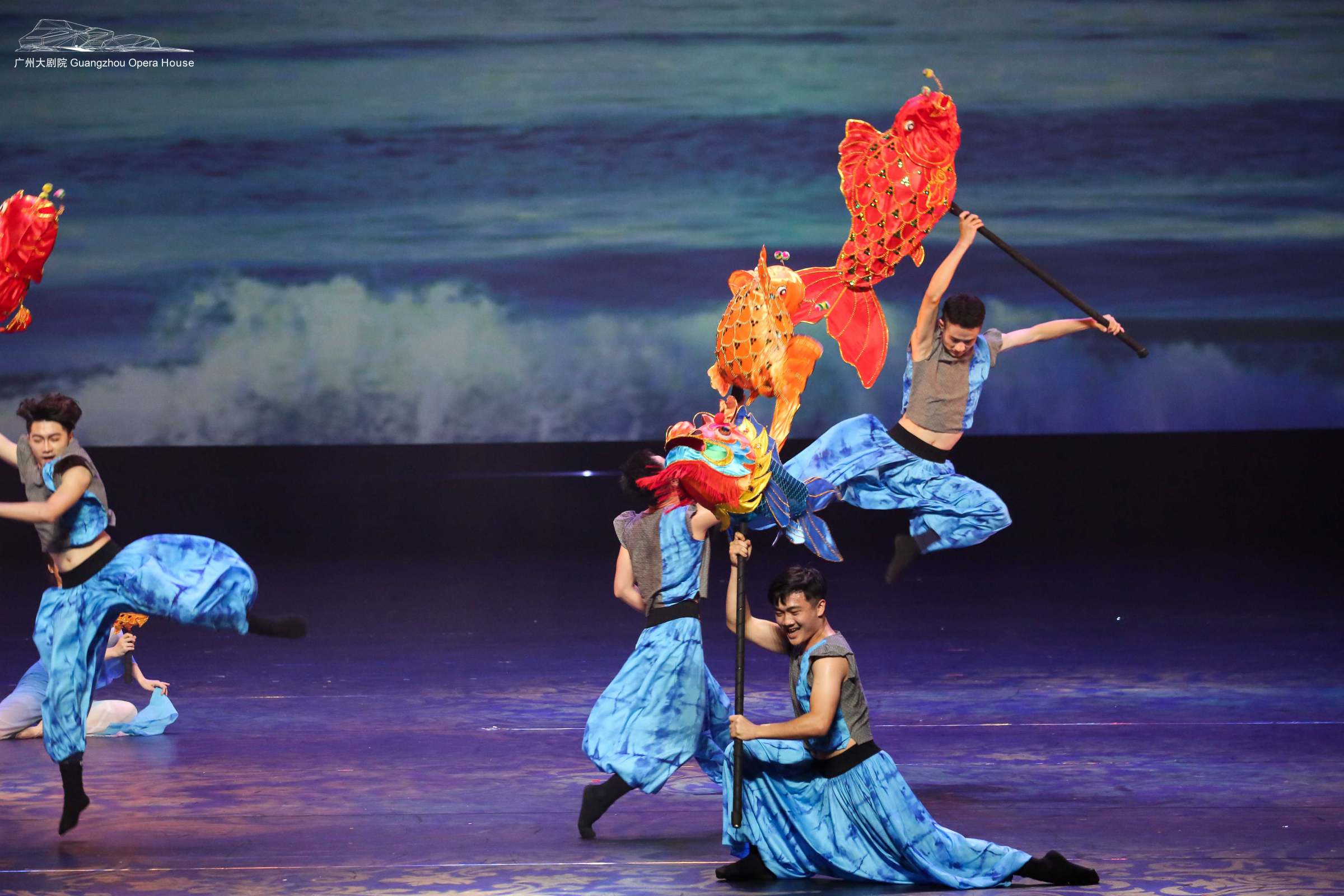
"Carp Dance" told a story of a time when the carp had led people to the water.
Nuo
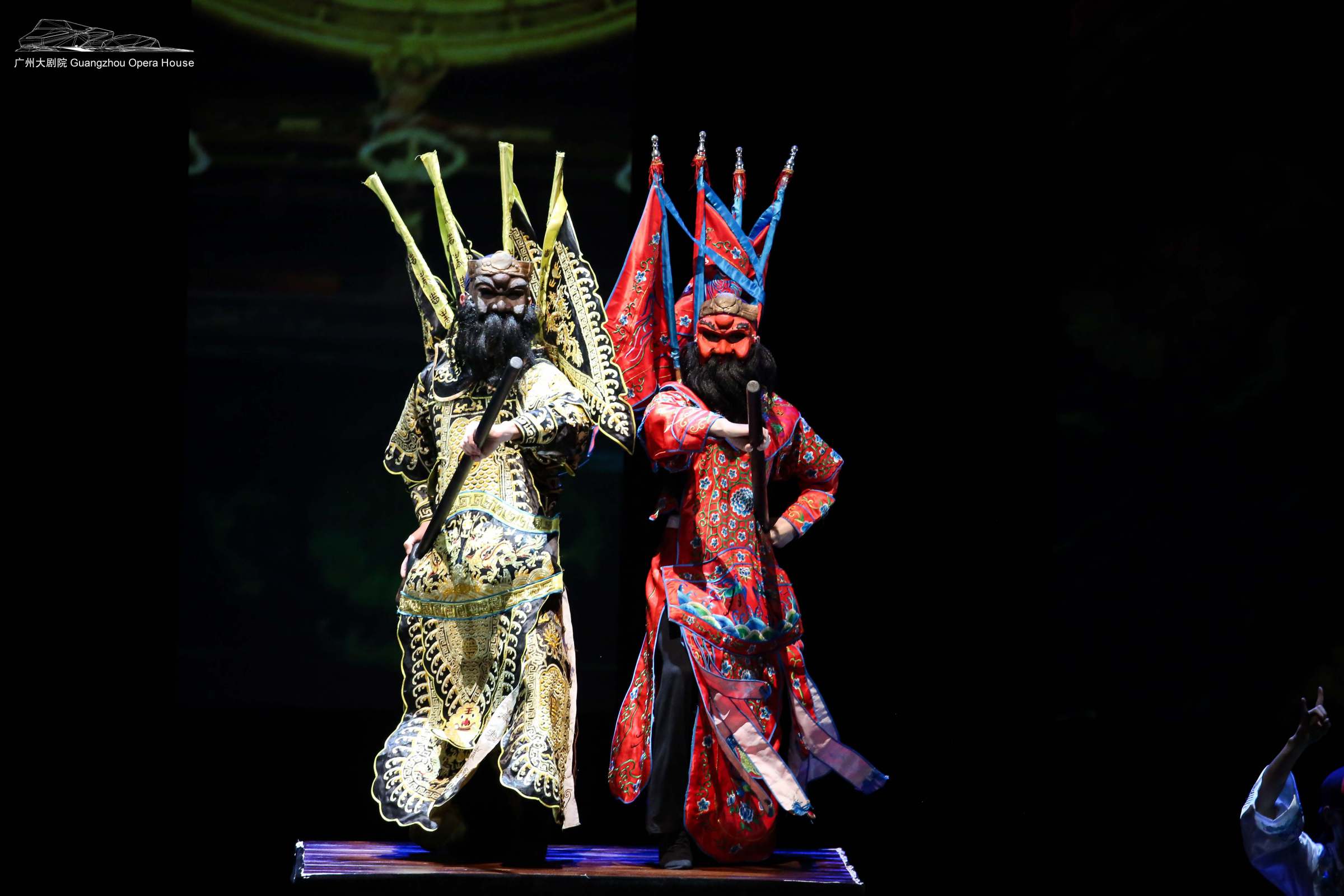
Dancers with masks on their faces and religious instruments in their hands prayed for the leave of disasters and the descent of blessing in "Nuo" dance.
Tea Invitation Song
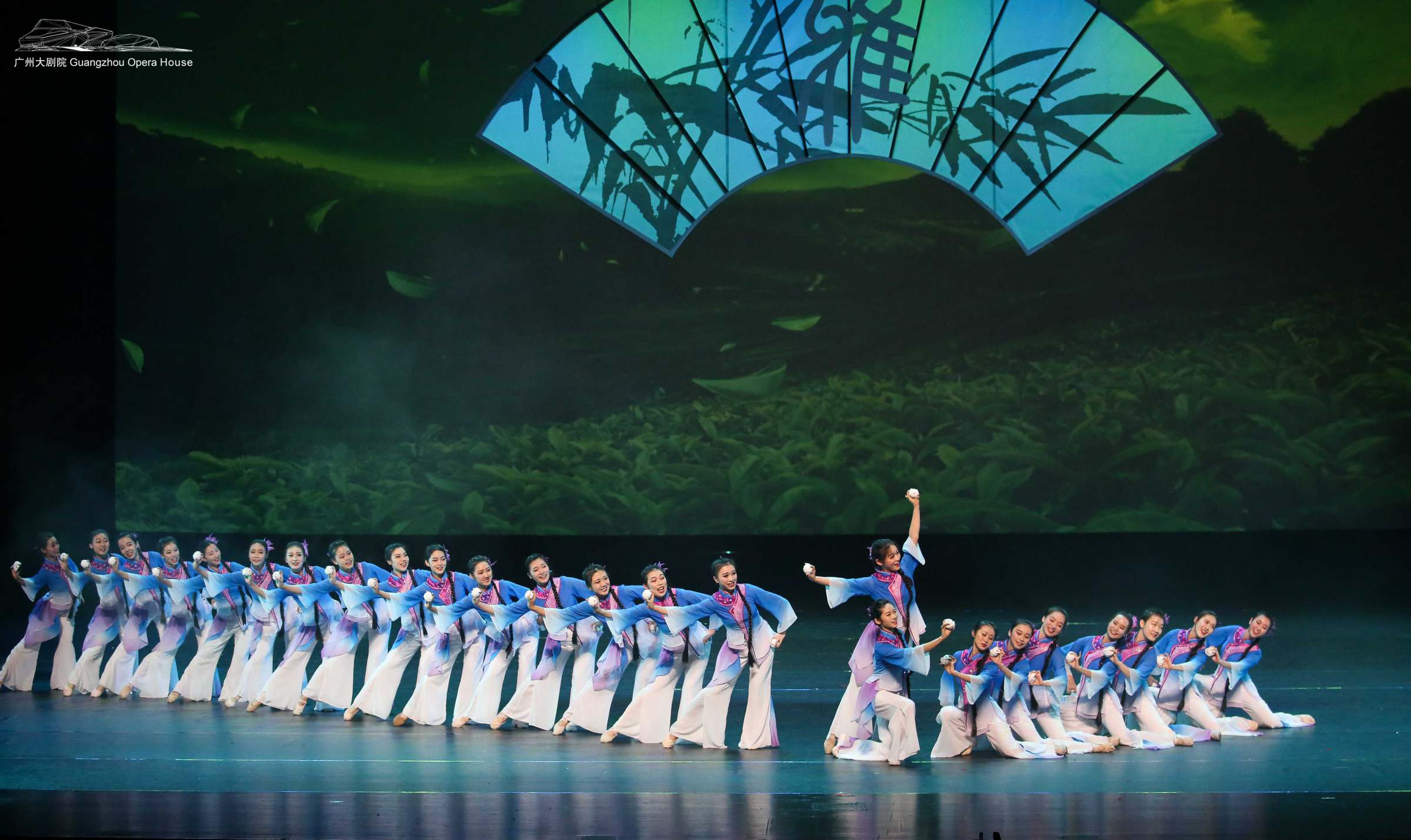
Inspired by Hakka culture and the "Cups and Flowers Dance", "Tea Invitation Song" showed the diligence, simplicity, enthusiasm and hospitality of Hakka girls, with the characteristics of the mixture of cups' chinking and the music.
The Mouth of Dragon and the Scent of Liquor
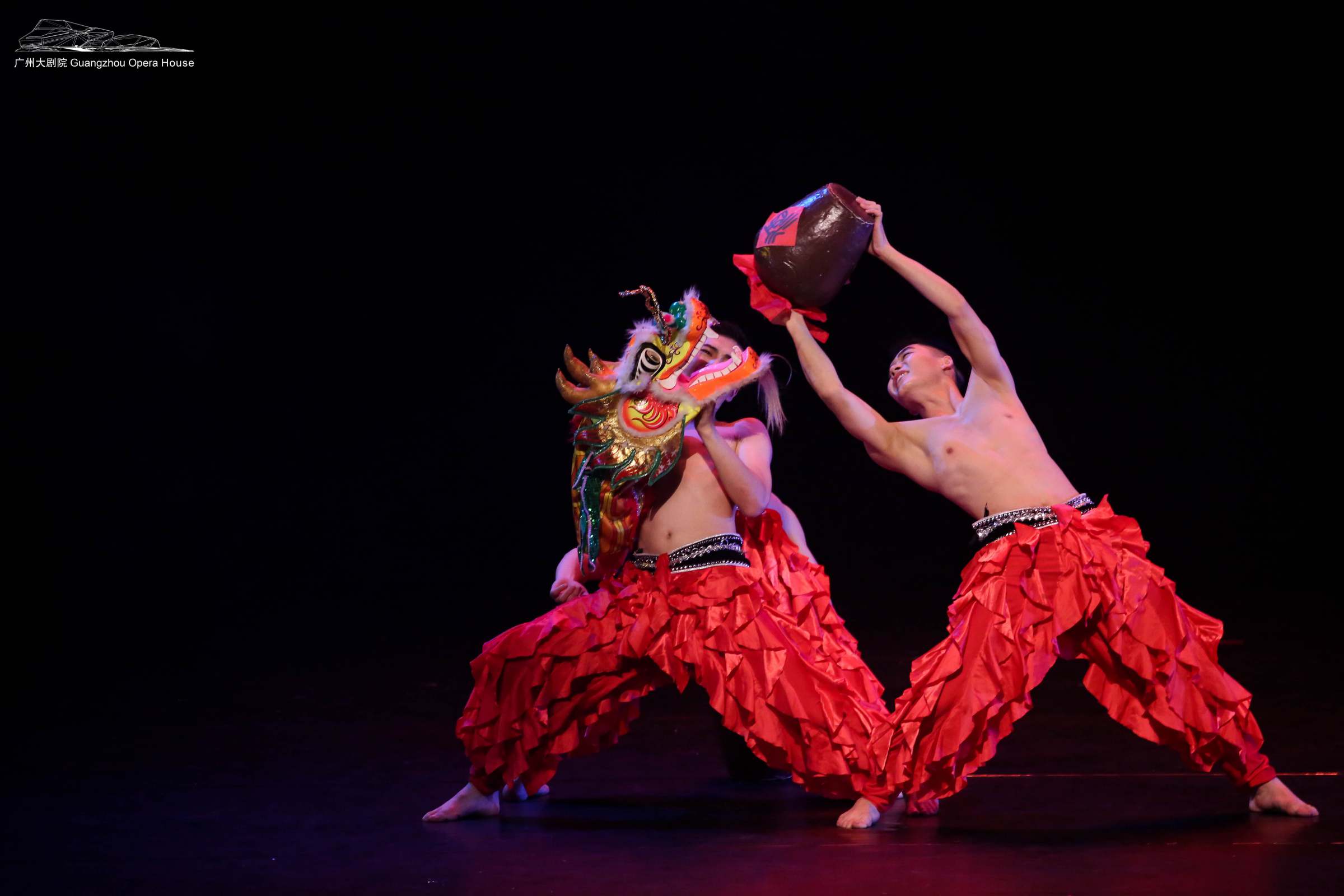
"The Mouth of Dragon and the Scent of Liquor" was a kind of traditional lion dance typical of Cantonese culture.
The Sea and Coconut
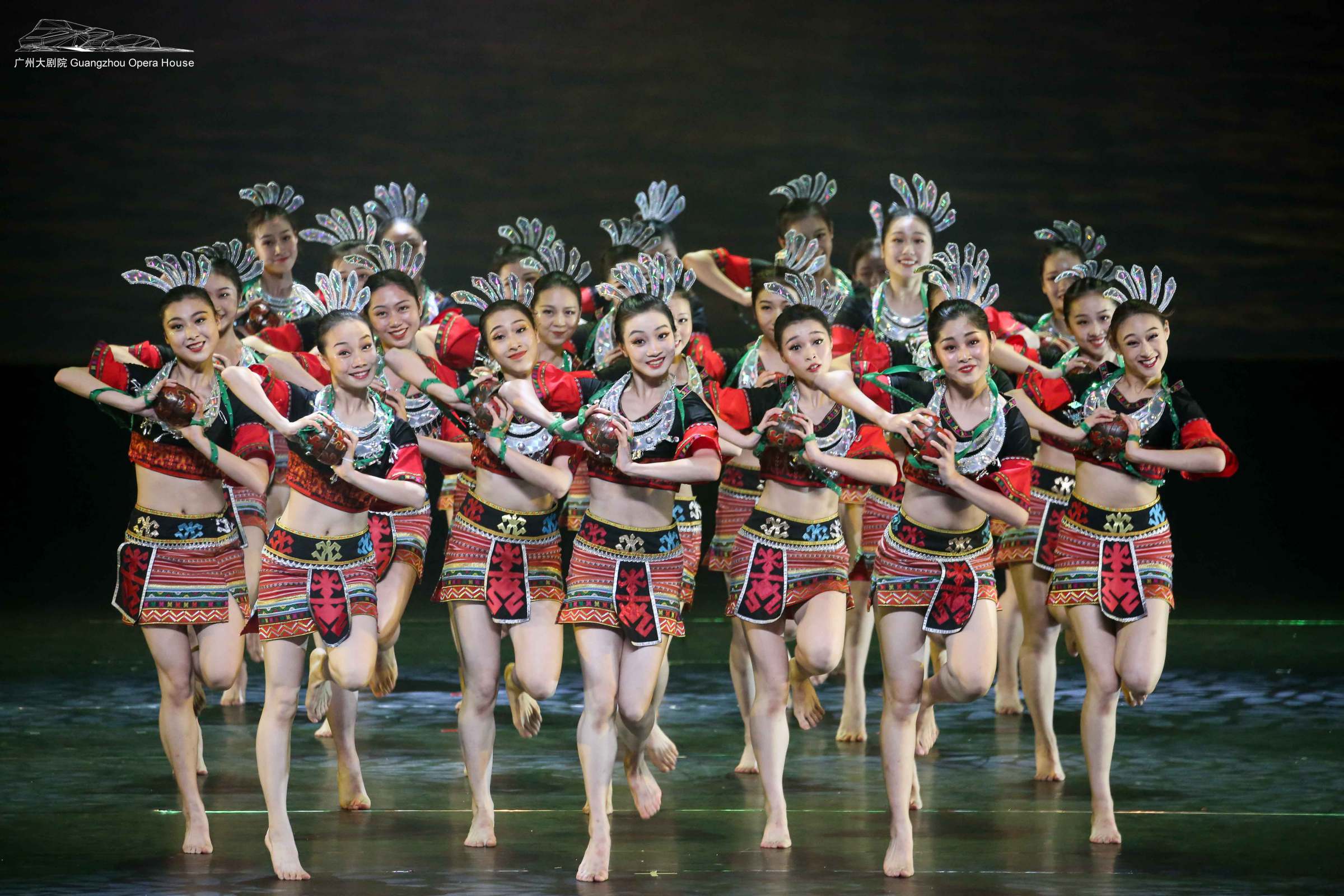
Creating a picture of people, seas and a coconut grove,“The Sea and Coconut” presented vividly the lives of the Li minority.
Little Monk and the Lion
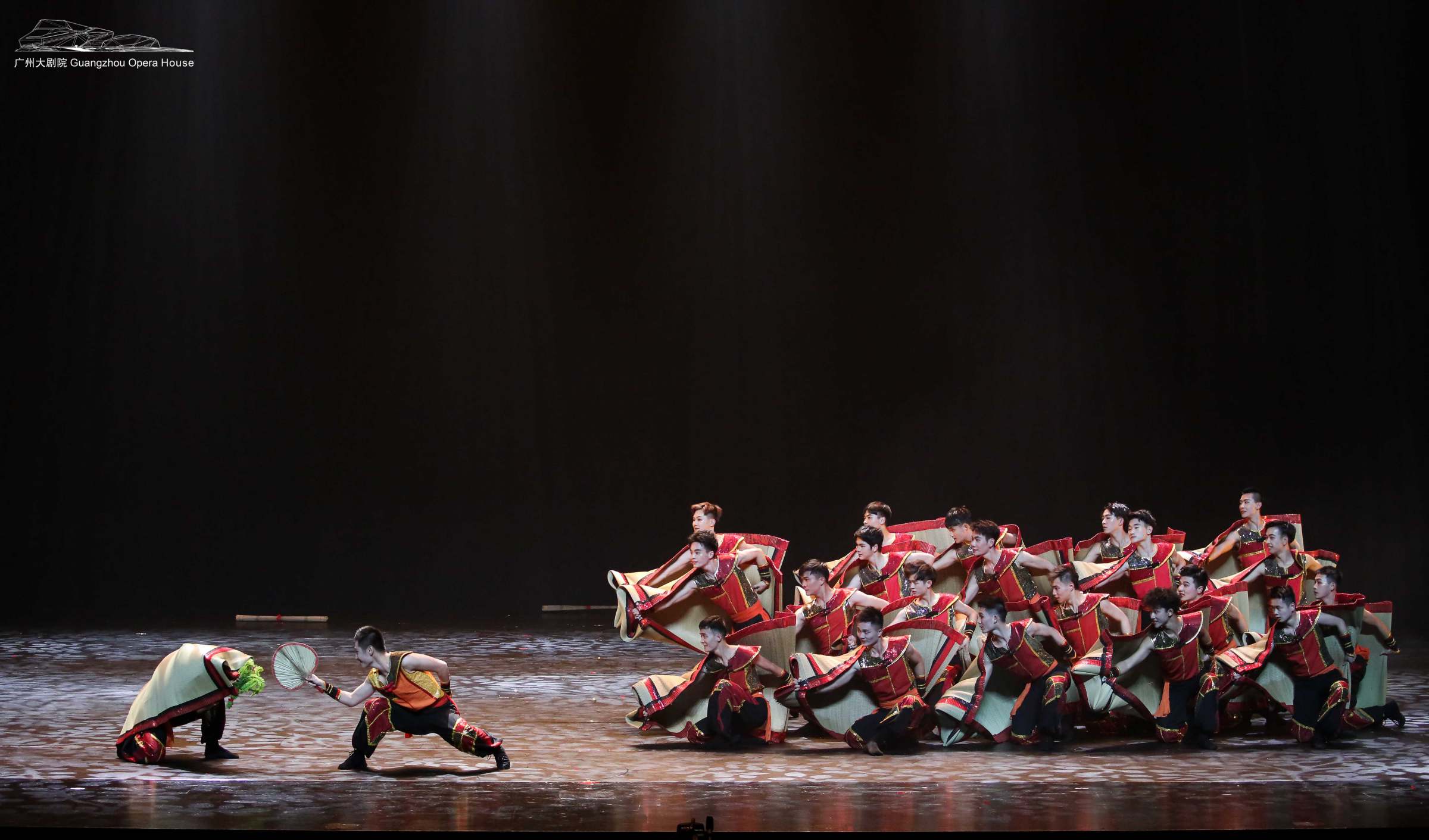
"Little Monk and the Lion", reflected Hakka's optimistic attitude.
Rush to Happiness
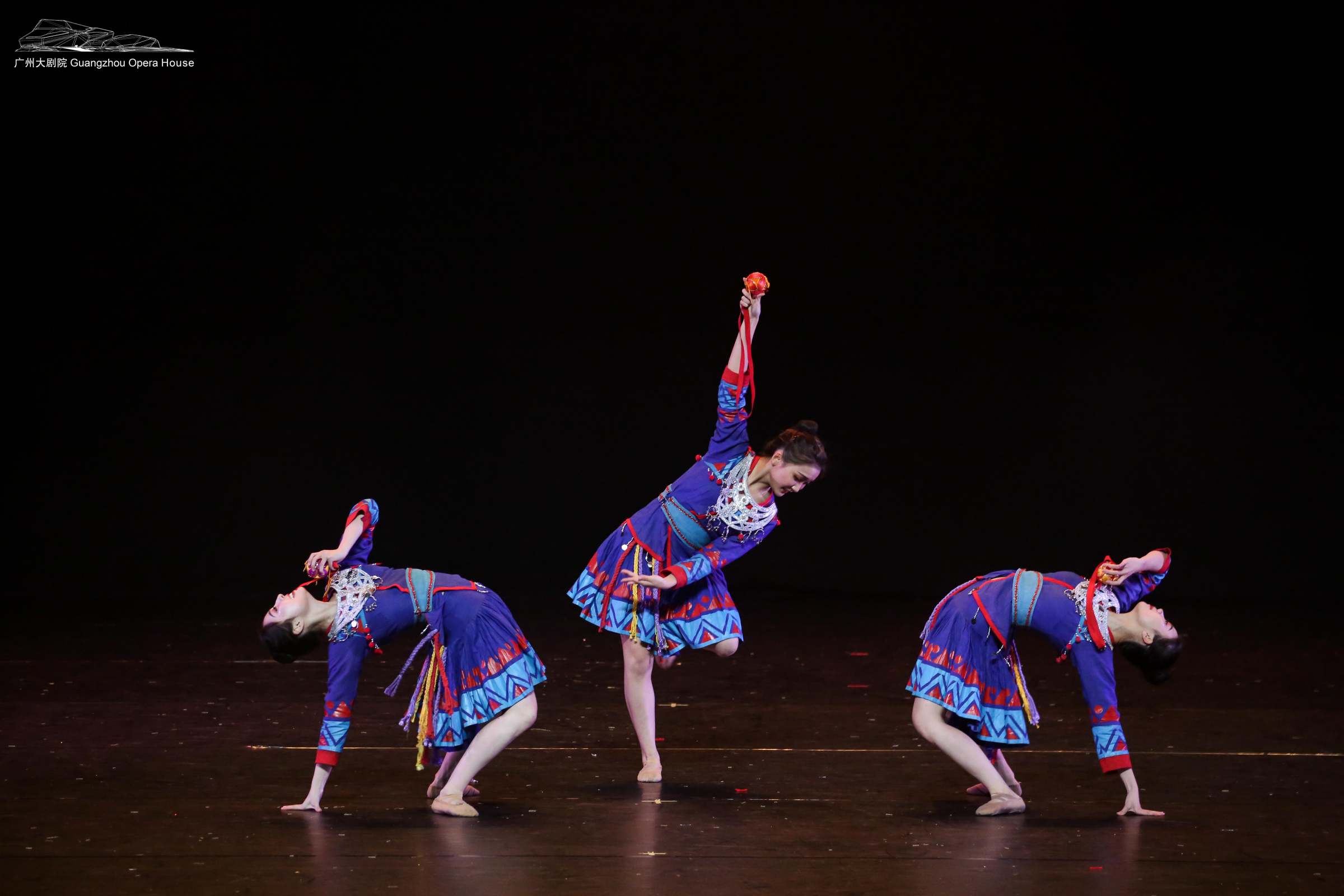
“Rush to Happiness” began with three girls' preparation before the performance and ended in the enjoyment of songs and dances to show young girls' yearning for love but restrained prudence.
Celebrating Spring with Gold Coins
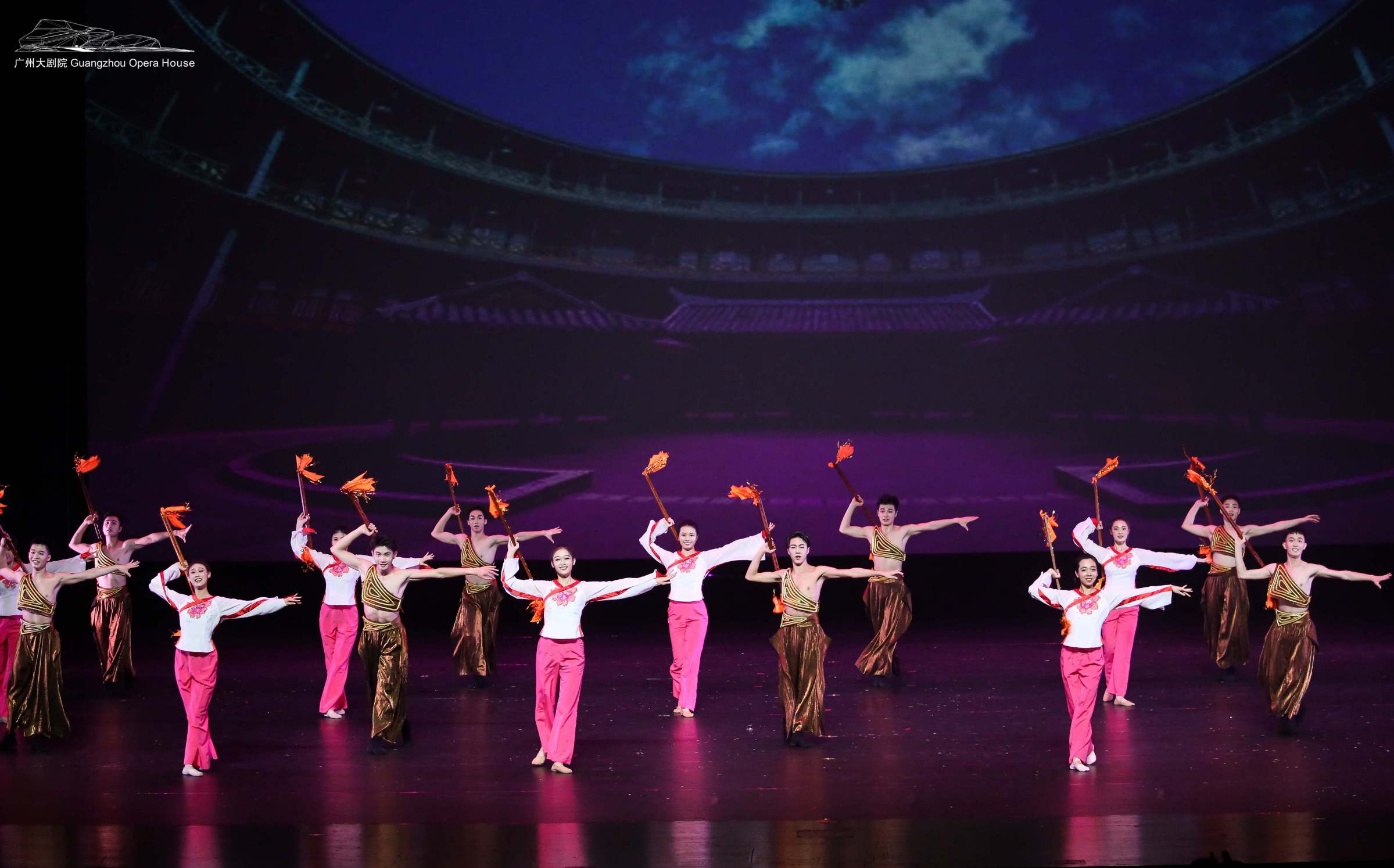
"Celebrating Spring with Gold Coins" inherites the fine traditional Hakka culture.
The Yangs and Horses
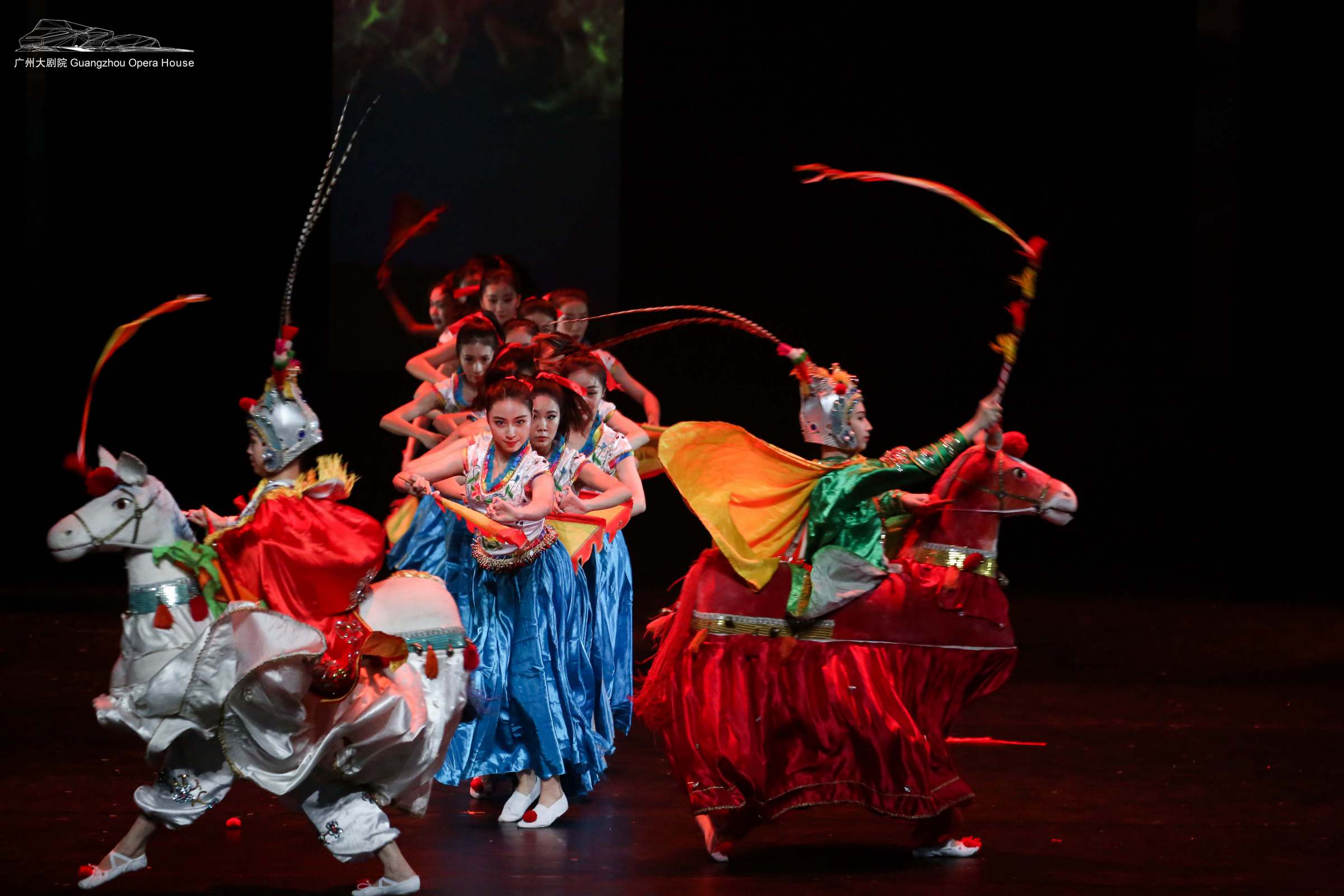
"The Yangs and Horses" presented the Chinese art form of "human and horse as one" and the touching relationship between human and horses.
Drum for Praying
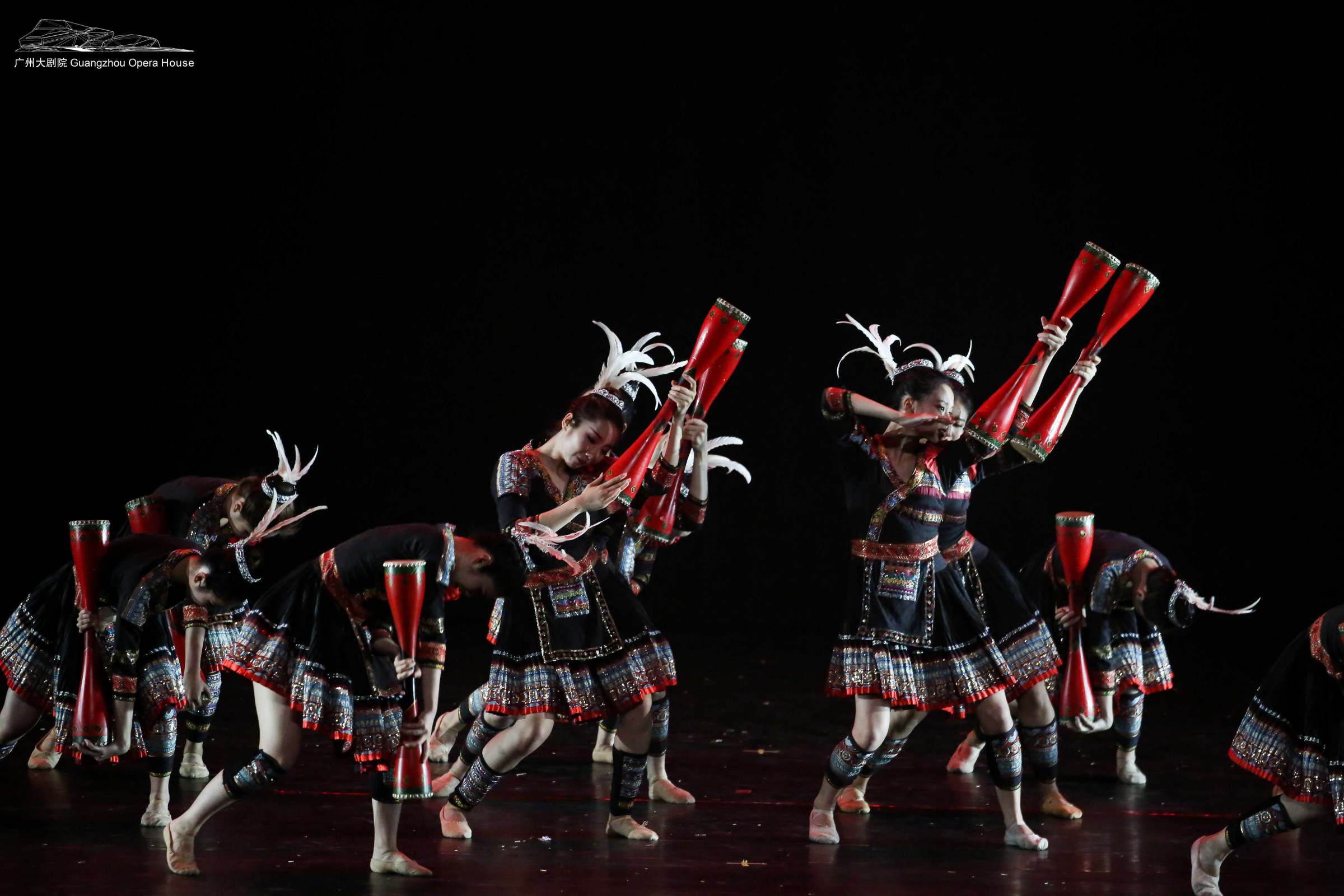
"Drum for Praying" was about praying to gods and ancestors with drums.
The Legend of Jiazi
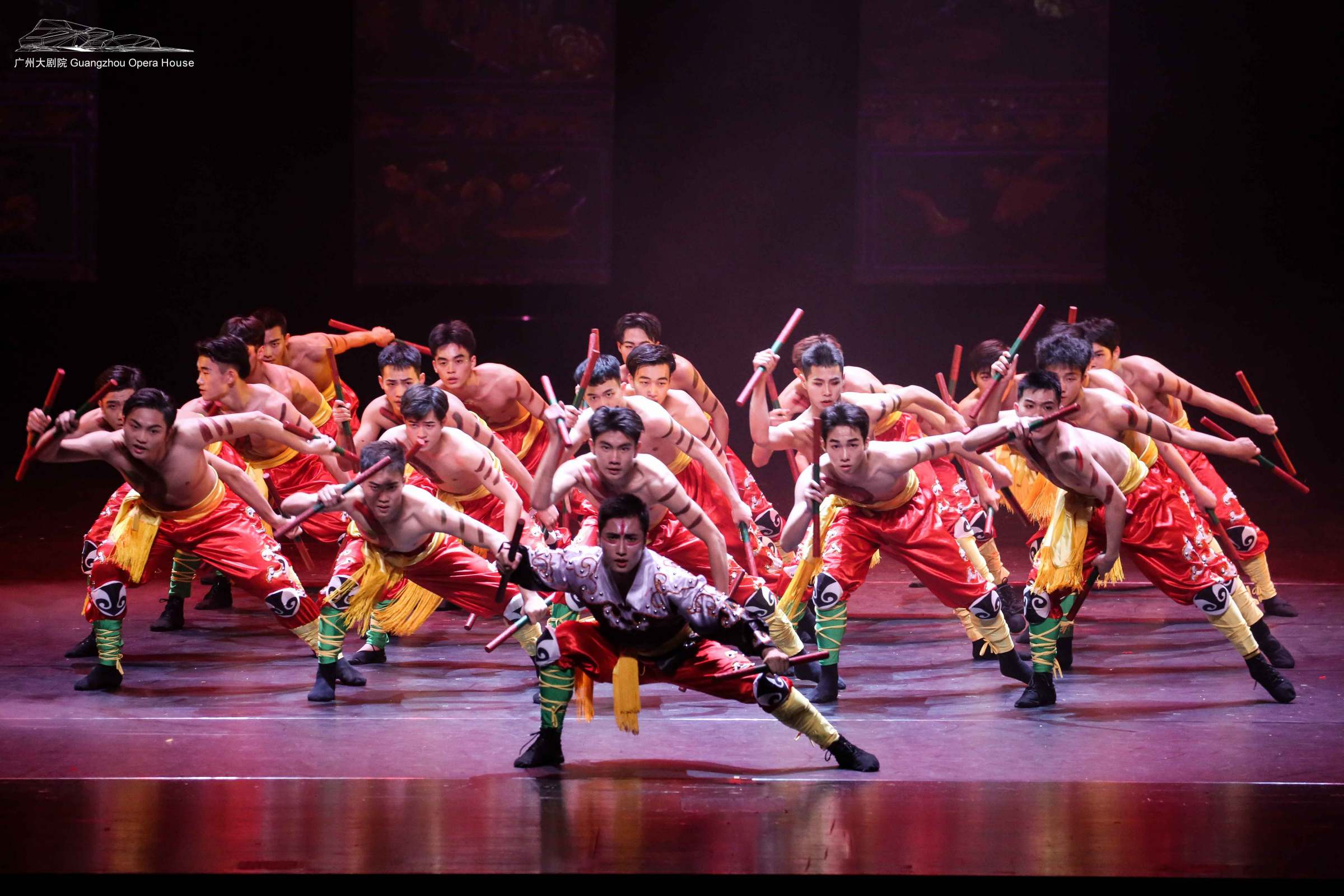
"The Legend of Jiazi" was a tribute to heroes.
Hometown in the Moon

"Hometown in the Moon" narrated a stranger's nostalgia at the sight of the moon in a strange land.
Wangdu
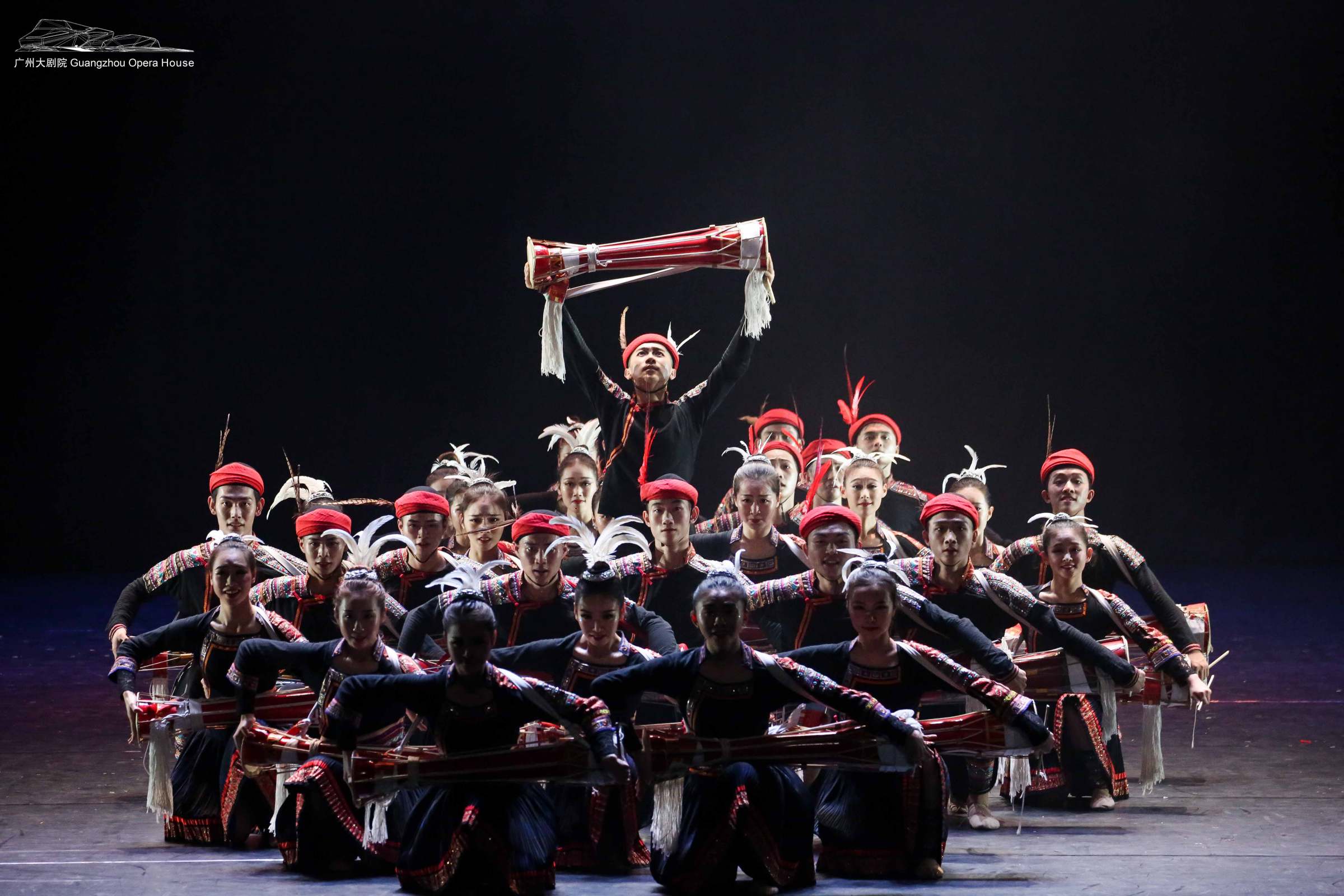
Taken as the performance of life circle, "Wangdu" showed the beliefs of people in Paiyao.
Passionate response and explosive applause proved the success of the show, which, according to Wang Haiying, the vice president of the School of Music, could never have been achieved without the joint efforts of the faculty.
"All teachers and students were involved in this activity. All shows were original.”Wang said proudly, continuing to say "we persist in teaching and studying Lingnan dance culture with traditional spirits, we persist in respecting the common beliefs in outstanding traditional culture and we persist in pursuing cultural self-awareness and confidence.”
SCNU is the first and only university that sets up a major in Lingnan dance and takes materials collecting as a course for undergraduate teaching. "Intangible cultural heritage Dance on the campus" is one of the characteristics in SCNU. Graduate theses and hundreds of innovative works,improve both the theory and practice of Lingnan dance.
Source from the News Center, Publicity Department
Translated by Zhou Meiyan
Proofread by Edwin Baak
Edited and reviewed by Li Jianru
What to read next:


